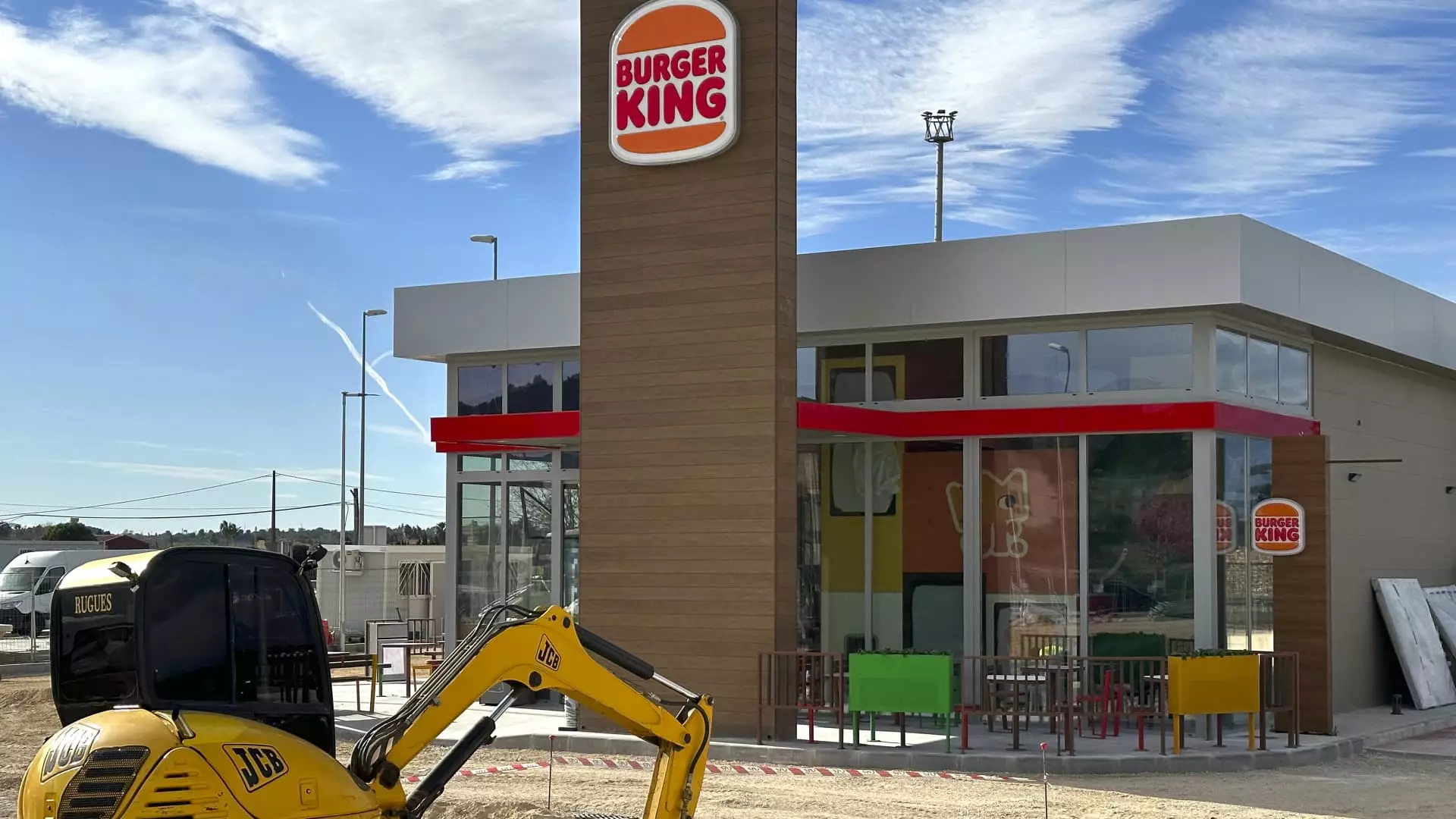Restaurant Brands International (RBI), the parent company of a portfolio of well-known chains including Burger King, Popeyes, and Tim Hortons, recently released its third-quarter earnings report. The golden arches of optimism, however, dimmed as the results fell short of analysts’ expectations. Compared to projections, the results revealed weaker-than-anticipated performance across its chains, further underscoring the challenges facing the fast-food sector in a post-pandemic landscape.
Earnings per share came in at 93 cents, narrowly missing the expected 95 cents, while revenue of $2.29 billion also landed below estimates of $2.31 billion. The company managed a modest worldwide same-store sales growth of only 0.3%. Given these figures, it’s unsurprising that shares dropped by nearly 2% in early trading following the announcement, reflecting a palpable sense of disappointment among investors.
Breaking Down the Chains’ Performance
Each chain within RBI’s portfolio exhibited unique challenges. Burger King, for instance, witnessed a same-store sales decline of 0.7% during the quarter, an outcome worse than the anticipated stability around 0%. Despite efforts to rebrand and revitalize its offerings, the turnaround process has proved complex, particularly as external factors lead consumers to tighten their belts. CEO Josh Kobza indicated that rising gas prices and interest rates have impacted discretionary spending at restaurants.
Conversely, Popeyes saw a significant drop of 4% in same-store sales, far off from the slight 0.2% gain that analysts predicted. This downturn has compelled the brand to amplify its value offerings, including promotions focusing on affordable meal options, an effort that Kobza insists is beginning to bear fruit. However, this approach raises questions about whether discounting will create a sustainable path forward or simply erode profit margins.
Firehouse Subs followed suit with a considerable decline of 4.8%, diverging from expectations of a mere 0.4% decrease. Its burgeoning status as the smallest brand in the RBI family, coupled with a larger competitive space, adds to the complexity of its recovery. Notably, this performance highlights the stark reality that even if customer traffic improves, success in turning a profit may be further off than anticipated.
In a rare juxtaposition, Tim Hortons showcased resilience with a domestic same-store sales growth of 2.3%, though this still fell below the anticipated 4.1%. Enhanced service speed and growing traffic have rekindled some faith in the brand, yet the persistent challenges in meeting expected growth rates remain a critical concern.
Market Trends and Future Predictions
Despite the bleak current landscape, there is a glimmer of hope for RBI as the company anticipates a mild improvement in the fourth quarter. According to Kobza, early indicators for October have shown positive trends in same-store sales, driven by new marketing strategies and an uptick in consumer sentiment. The potential for a shift in fortunes is contingent upon broader economic factors including declining inflation and moderating interest rates.
In a strategic pivot, RBI has recalibrated its full-year system-wide sales growth expectations from a range of 5.5% to 6% down to between 5% and 5.5%. This reflects the company’s ongoing commitment to adapting to a rapidly changing market environment while confronting the pressures of competition and shifting consumer preferences.
Restaurant Brands International’s latest quarterly results underscore a more profound narrative about the fast-food industry as a whole. As consumers become increasingly selective with their spending, the dichotomy of rising costs and fast-paced marketing strategies presents a formidable obstacle. The company’s push to adapt its offerings in response to the current realities of the market may lay the groundwork for future success. However, the question remains: can RBI balance the scales effectively between maintaining brand value and meeting the unrelenting demand for cost-effective dining options? Only time will reveal if the company can turn its ship around amidst the turbulent waters of the restaurant sector.

